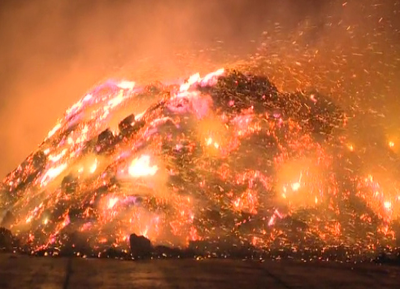
Overview
A synthesis reaction: Zn + I2 → ZnI2 will be demonstrated for the class using varying amounts of the reactants (all in correct molar ratios) so students can observe that bond formation is exothermic, and that more reactants used leads to a greater temperature increase.
Students will compare and contrast bond breaking and bond making and be provided with definitions for endothermic and exothermic. They will then model bond formation with their table groups including the PE/KE of the system/surroundings before and after.
Underlying Pages
-
0. Student Directions -
Preview as Student
-
1. Bond Breaking and Energy Transfer -
Preview as Student
-
2. Endothermic or Exothermic -
Preview as Student
-
3. Synthesis Reaction Demonstration -
Preview as Student
-
4. Modeling the Trials -
Preview as Student
Standards
Next Generation Science Standards
- Physical Science
Computational Thinking in STEM
- Data Practices
- Modeling and Simulation Practices
- Systems Thinking Practices
